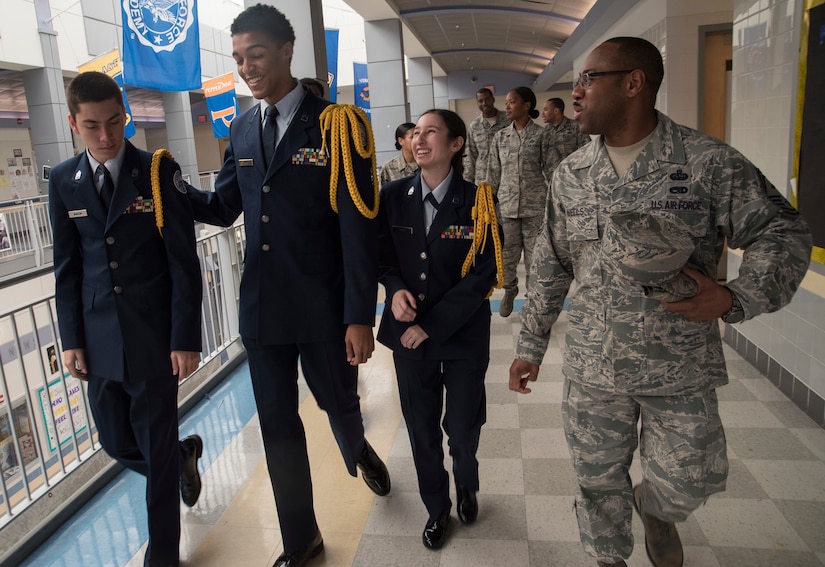By Lisa Ferdinando, DoD News, Defense Media Activity
WASHINGTON -- The United States has a clear way forward with
the 2018 National Defense Strategy to restore the military’s competitive edge in
an era of re-emerging long-term great power competition, Defense Secretary
James N. Mattis told the Senate Armed Services Committee today.
Mattis, who spoke in a hearing on the Defense Department’s
budget, highlighted the three priorities of the defense strategy: build a more
lethal force, strengthen alliances and build new partnerships, and reform the
department’s business practices for performance and affordability.
“The strategy is the guidepost for all our actions,
including this year's strategy-driven budget request, driving meaningful reform
to establish an enduring culture of performance, affordability and agility,”
Mattis said.
The National Defense Strategy, framed within President
Donald J. Trump’s National Security Strategy, supports a strong and lethal
military, the secretary said. A lethal military enhances the persuasiveness of
U.S. diplomats, allowing them to negotiate from a position of strength, he
added.
“All our department’s policies, expenditures, and training
must contribute to the lethality of our military,” he said. “We cannot expect
success fighting tomorrow’s conflicts with yesterday’s thinking, yesterday’s
weapons or yesterday’s equipment.”
Mattis appeared before the committee with Marine Corps Gen.
Joe Dunford, the chairman of the Joint Chiefs of Staff, and David L. Norquist,
the Defense Department’s comptroller and chief financial officer.
Military Successes
Mattis highlighted progress, including in Afghanistan and
with the global effort to defeat Islamic State of Iraq and Syria terrorists.
Uncertainty in South Asia has been “replaced by the certainty of the
administration’s South Asia strategy,” he said.
“Concurrently in the Middle East, we have dramatically
reduced ISIS’ physical caliphate,” he said, with a “coordinated,
whole-of-government approach that works by, with, and through our allies and
partners to crush ISIS’ claim of invincibility and deny them a geographic haven
from which to plot murder.”
Budget Supports Defense Priorities
The defense strategy prioritizes investing in technological
innovation to increase lethality and fight and win the wars of the future,
Mattis said. He highlighted those areas as cyber, advanced computing, big data
analytics, artificial intelligence, autonomy, robotics, miniaturization,
additive manufacturing, directed energy and hypersonics.
Mattis commended lawmakers for their support of the
department, saying current funding ends the uncertainty surrounding short-term
“inefficient and damaging” continuing resolutions and prioritizes spending for
key areas.
The secretary noted “predictable and sufficient funding”
from the fiscal year 2018 budget and the two-year budget agreement passed as
part of the Bipartisan Budget Act, which Trump signed into law in February.
The budget, according to Mattis, supports the defense
strategy in building a more lethal force by restoring current and future
readiness, modernizing nuclear deterrent forces and their command and control
systems, building for the future by improving military's technological
competitive edge, and reforming the department's business processes to
establish a culture of performance and affordability.
Fiscal Year 2019 Budget Request
The fiscal year 2019 budget request seeks the resources
necessary to provide the combat-credible military forces needed to deter war
and, if deterrence fails, to win in any conflict, Mattis said. It also funds
the three overarching priorities of the defense strategy, and fully funds
modernizing the nation’s nuclear deterrent delivery systems.
Future defense secretaries will inherit a military equipped
and ready for the wars of tomorrow, he pointed out.
“Those seeking to threaten America’s experiment in democracy
should know: if you challenge us, it will be your longest and worst day,” he
said.






